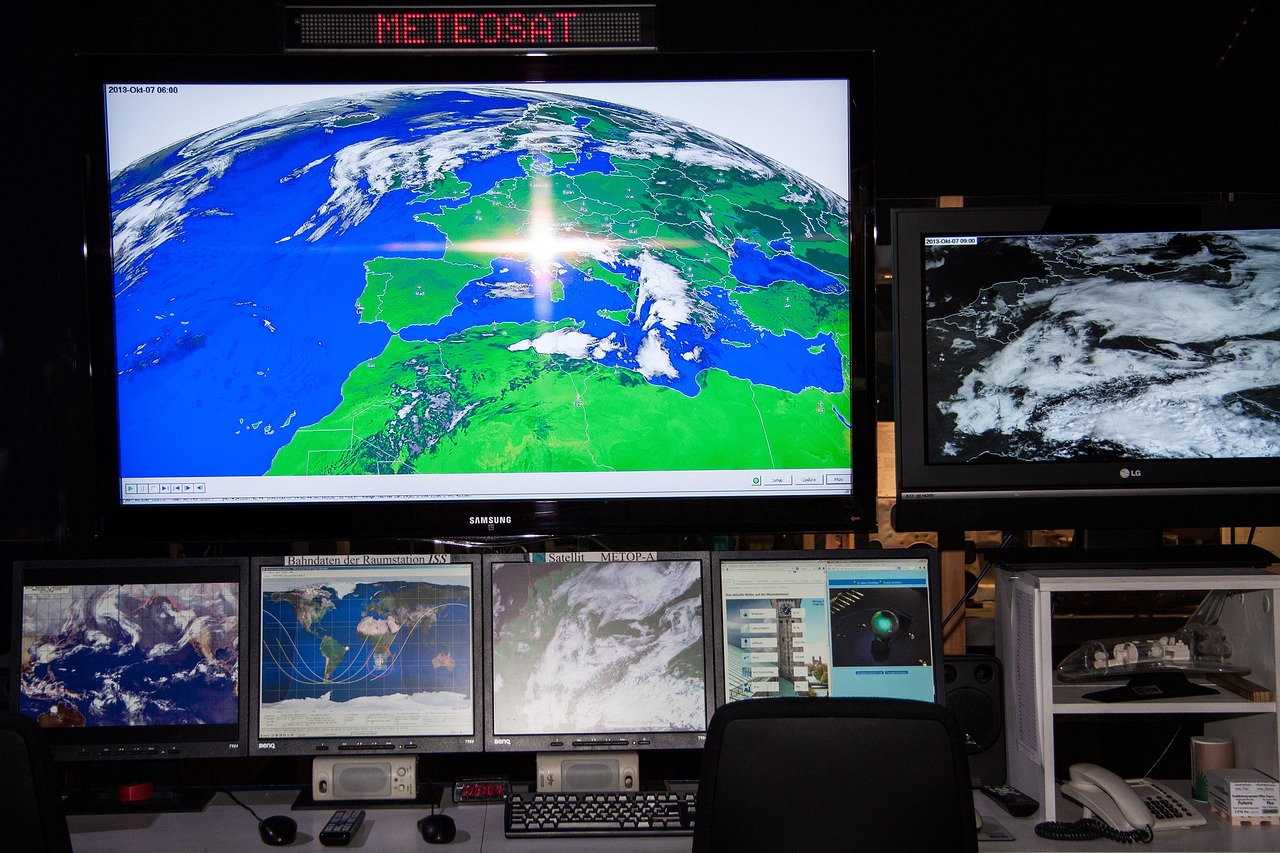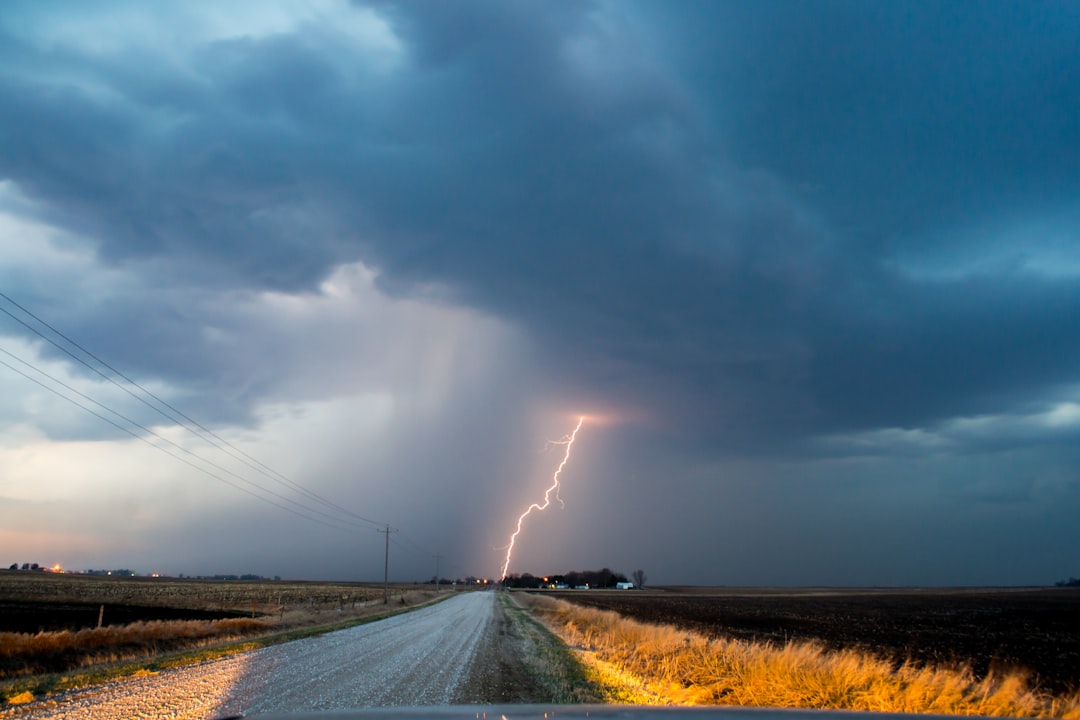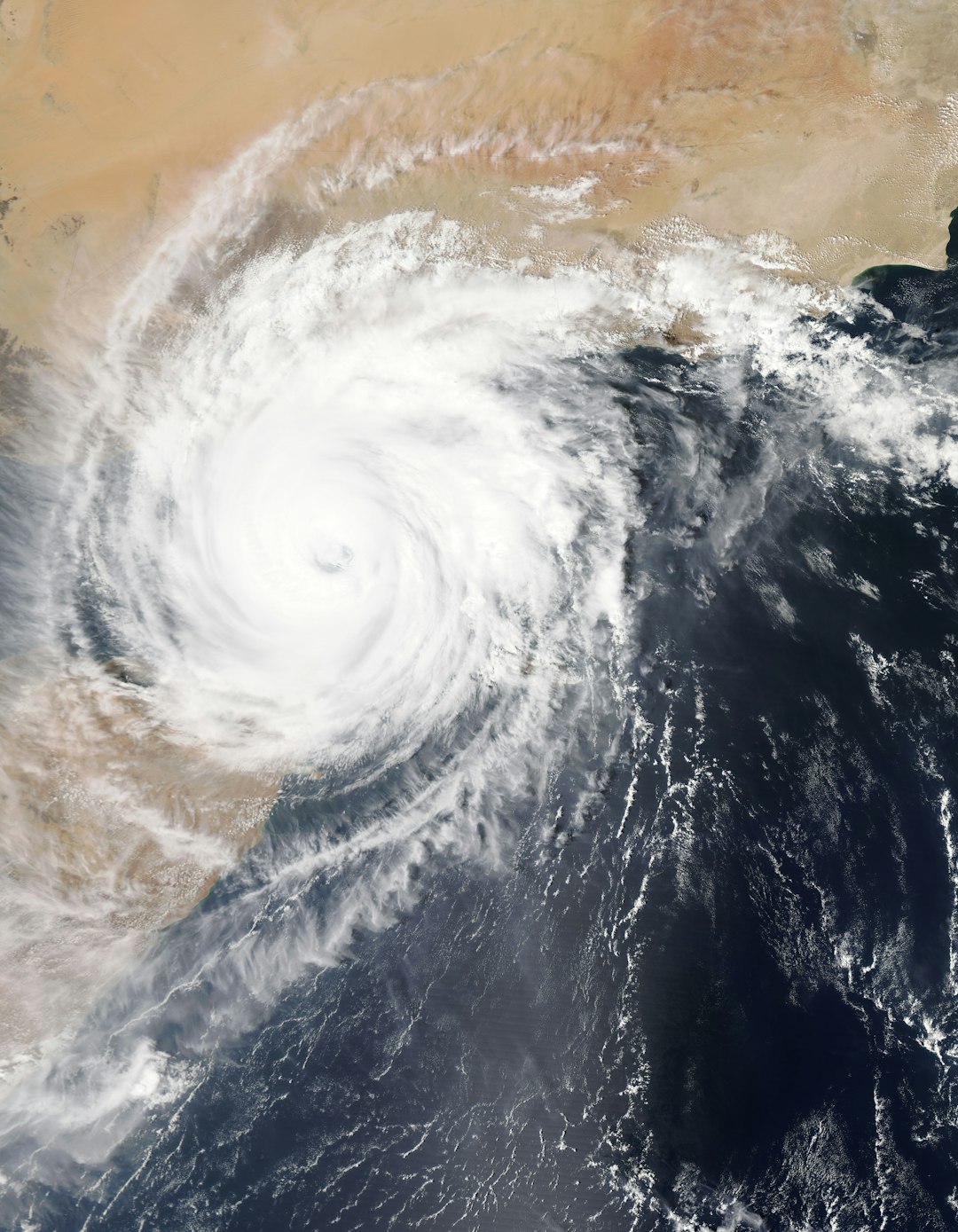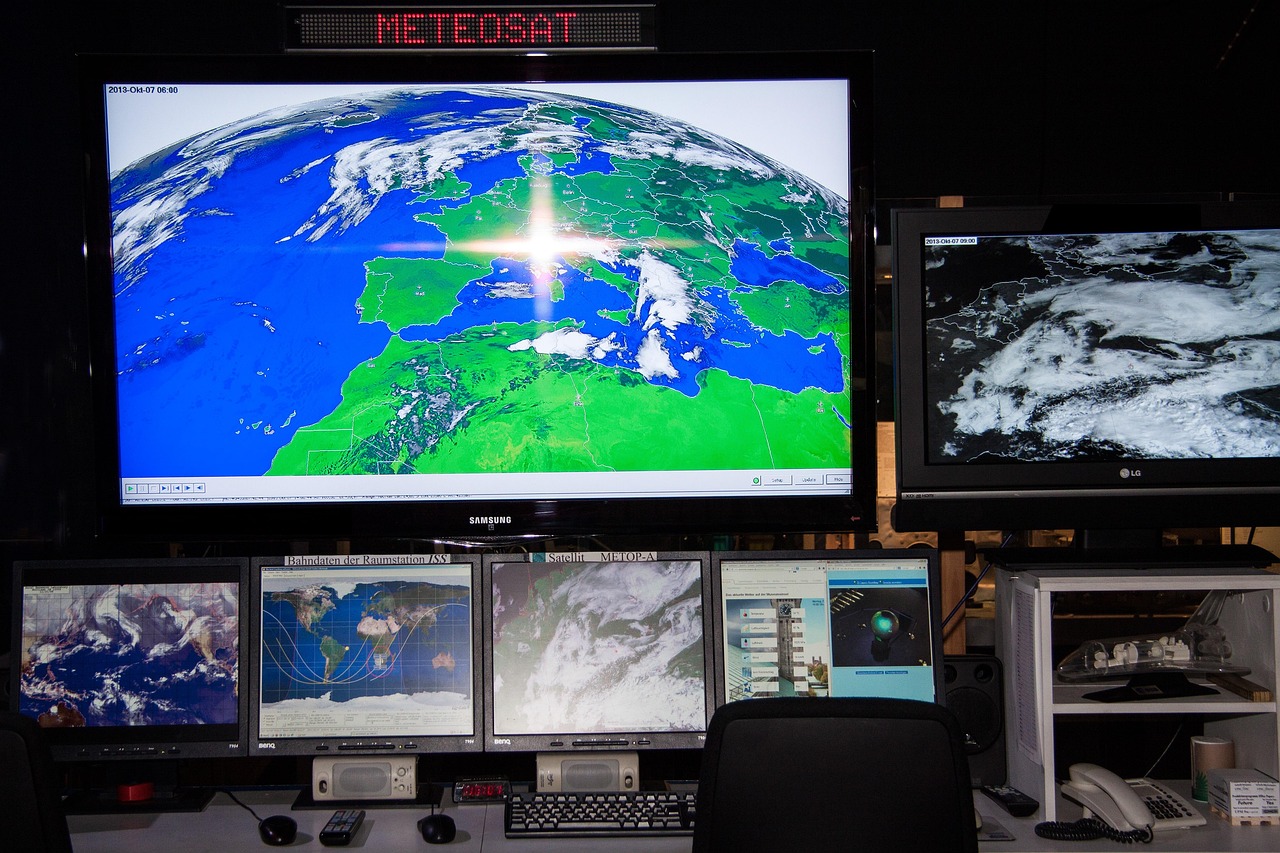Shattering the Limits of Traditional Weather Models

For decades, meteorologists have relied on classical physics and supercomputers to simulate the atmosphere, but these models hit a wall when it comes to accuracy and speed. The enormous complexity of weather, with its countless variables, often leads to errors even with powerful computers. As of 2024, the National Weather Service reports that 7-day forecasts are only about 80% accurate, and the margin decreases sharply for longer-term predictions. Quantum forecasting is emerging as a game changer, aiming to break through these barriers by tapping into the strange world of quantum mechanics. By harnessing qubits—which can represent multiple states at once—quantum computers can process vast datasets in parallel, potentially revolutionizing how quickly and precisely weather can be predicted. Recent experiments at IBM and Google, reported in early 2025, suggest quantum algorithms can run weather simulations thousands of times faster than conventional methods. The potential for real-time, hyper-local weather insights is closer than ever before.
Quantum Computers: Powering Next-Level Simulations

Quantum computers work fundamentally differently from traditional computers, and that’s exactly what weather modeling desperately needs. Instead of crunching numbers in a straight line, quantum machines use the principles of superposition and entanglement to explore many scenarios at once. In 2023, Google’s Sycamore quantum processor demonstrated the ability to model chaotic systems—like the atmosphere—with unprecedented speed, according to the journal Nature. This leap dramatically reduces the time it takes to generate complex weather forecasts, cutting processing from hours to mere minutes. Researchers at the European Centre for Medium-Range Weather Forecasts (ECMWF) have begun integrating quantum algorithms into their models, and preliminary results show improved forecast accuracy for rapid weather shifts. The shift to quantum forecasting represents a fundamental change in how scientists approach weather prediction, opening doors to insights that were previously unimaginable.
Pinpointing Extreme Weather Before It Strikes

Extreme weather events—like hurricanes, tornadoes, and flash floods—pose a major challenge for traditional forecasting, as their development can be sudden and unpredictable. With quantum forecasting, the ability to analyze massive datasets in real time allows for earlier detection of dangerous patterns. In 2024, a joint project between IBM and the U.S. National Oceanic and Atmospheric Administration (NOAA) successfully used quantum-enhanced models to predict the rapid intensification of Hurricane Idalia 12 hours before conventional models did. This breakthrough meant emergency services had critical extra time to prepare and warn communities. According to the World Meteorological Organization, improved forecasts could save billions in disaster response and, more importantly, thousands of lives each year. The emotional stakes of quantum weather prediction are incredibly high, making every minute gained a potential lifesaver.
Hyper-Local Forecasts: Weather Down to Your Street

Traditional weather forecasts often cover broad regions, but the reality is that weather can vary dramatically from block to block. Quantum forecasting is making it possible to zoom in to an astonishingly granular level. In late 2024, a pilot program in Tokyo used quantum-powered models to deliver minute-by-minute rain forecasts for neighborhoods, outperforming legacy systems in both accuracy and speed. According to Japan’s Meteorological Agency, these hyper-local forecasts reduced the impact of sudden downpours on commuters and businesses by up to 30%. This level of precision would have been unthinkable just a few years ago. As quantum technology becomes more accessible, meteorologists expect city planners and emergency managers worldwide to benefit from this next-generation forecasting. The promise is clear: imagine knowing exactly when and where a storm will hit, right down to your doorstep.
Data Deluge: Turning Big Data Into Better Predictions

Modern weather prediction relies on oceans of data from satellites, radar, sensors, and even smartphones. The challenge has always been how to make sense of this flood of information fast enough to be useful. Quantum forecasting leverages quantum machine learning to process petabytes of data in real time, finding patterns invisible to classical computers. In 2023, researchers at the University of Oxford used quantum-enhanced algorithms to analyze climate data, uncovering subtle correlations that improved seasonal forecasts by up to 15%. As the number of weather sensors explodes—there are now more than 100,000 weather stations worldwide, according to the World Meteorological Organization—quantum computing’s ability to crunch all this data is becoming essential. The result is not just faster forecasts, but smarter ones, capable of adapting instantly to new information.
Climate Change: Tackling a Moving Target

Climate change is making weather less predictable, with more intense storms, heatwaves, and shifting seasons. Traditional models struggle to keep up with the speed and scale of these changes. Quantum forecasting offers a new weapon in the fight, enabling scientists to model climate scenarios with greater detail and flexibility. In 2024, a study published in the journal Science used quantum computers to simulate complex feedback loops in the Earth’s climate system, revealing new insights into the timing of Arctic ice melt. The Intergovernmental Panel on Climate Change (IPCC) has stated that quantum-enhanced models could greatly improve the accuracy of long-range climate projections. As humanity faces a future of uncertainty, quantum forecasting could be the key to better understanding and adapting to our changing world.
Financial Impact: Saving Billions With Better Forecasts

The economic stakes of weather forecasting are enormous—every missed storm or inaccurate drought prediction can cost billions in lost crops, damaged infrastructure, and insurance claims. In 2025, a McKinsey report estimated that more precise weather forecasts powered by quantum computing could save the global economy up to $100 billion annually by reducing disaster losses and optimizing supply chains. The agriculture sector, in particular, stands to benefit as farmers use quantum-driven forecasts to make better planting and harvesting decisions. Airlines, shipping companies, and energy utilities are also beginning to pilot quantum forecasting tools to minimize disruptions and maximize efficiency. As the technology matures, the ripple effect across industries is expected to be huge, making weather prediction not just a scientific breakthrough, but a financial revolution.
Global Collaboration: Racing Toward Quantum Weather

Quantum forecasting is not just an achievement for a single country—it’s a worldwide race involving scientists, governments, and tech giants on every continent. In 2024, the World Meteorological Organization launched the Quantum Forecasting Initiative, bringing together experts from over 50 countries to share data and develop new algorithms. This spirit of collaboration is speeding up progress, with breakthroughs in one nation quickly spreading around the globe. The European Union has invested more than €1.5 billion in quantum weather research since 2023, while China’s meteorological agencies are testing their own quantum-powered models for typhoon prediction. This global push reflects just how high the stakes are, and how much the world stands to gain from better weather insights. The race is on to see who can unlock the full potential of quantum forecasting first.
Challenges and Limitations: The Road Ahead

Despite the hype and real progress, quantum forecasting is not without its challenges. Quantum computers are still in their infancy, often limited by stability issues, the need for ultra-cold environments, and high costs. According to a 2025 report by MIT, today’s quantum machines can only handle relatively small weather models, and scaling up to global systems will require major breakthroughs in hardware and error correction. Another hurdle is the need for new algorithms tailored specifically for weather prediction—researchers are still figuring out the best ways to translate atmospheric physics into quantum code. There are also concerns about data privacy and security as weather models become more detailed and personal. While the promise is huge, experts caution that widespread quantum weather forecasting may still be several years away.
The Human Element: What Quantum Forecasting Means for You

Quantum forecasting is not just about machines and numbers—it’s about people. Better weather predictions can mean fewer flight delays, safer roads, and more reliable outdoor plans for families. In 2024, a survey by AccuWeather found that 78% of people would trust quantum-enhanced forecasts over traditional ones for planning important events. Emergency responders say that even a few extra minutes of warning about tornadoes or flash floods can make a life-or-death difference. For farmers, accurate forecasts can mean the difference between a bumper crop and a total loss. As this technology becomes more common, the benefits will touch every part of daily life, making the weather—once the ultimate wildcard—a little less mysterious and a lot more manageable.
- How Meteorologists Predict Storms Using Satellite Data - October 3, 2025
- What Causes Rainbows And Why They’re Always Curved - October 1, 2025
- 3 Industries Face Crushing New Tariffs as Trade War Escalates - September 28, 2025

